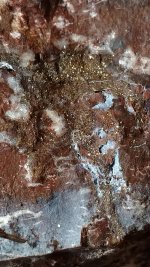Strebs
Jr. Member
Hello ive been wondering what everyone uses to clean up the pulverized ore? I wanted to use my 3 stack gold cube but that doesnt seem like an effective collector. Seen some nice shaker tables but 4k price tag is way out of my budget. Have anyone done any DIY?
Thanks for the advice,
Strebs
Thanks for the advice,
Strebs







